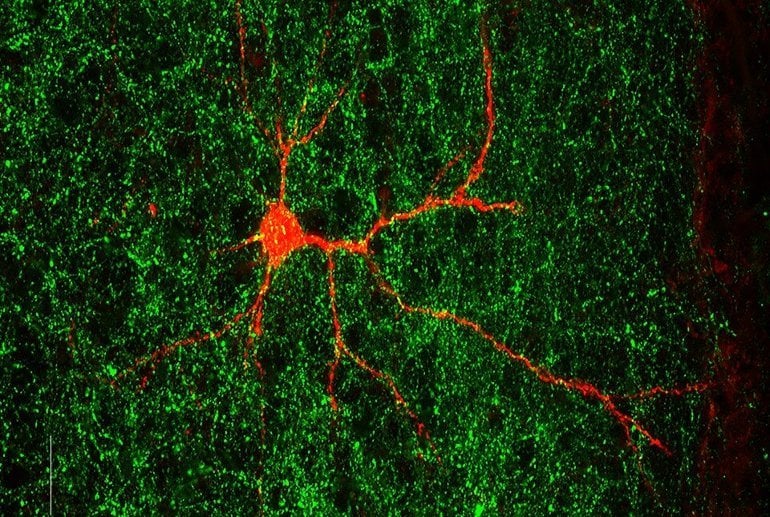
– Neurology research can include information involving brain research, neurological disorders, medicine, brain cancer, peripheral nervous systems, central nervous systems, nerve damage, brain tumors, seizures, neurosurgery, electrophysiology, BMI, brain injuries, paralysis and spinal cord treatments.
Summary: The autism-linked Gabrb3 gene appears to shape the formation of both normal and atypical neural connections in the brain.A gene linked to autism spectrum disorders plays a critical role in early brain development and may shape the formation of both normal and atypical nerve connections in the brain, according to a new study by Weill Cornell Medicine investigators.Both conditions involve abnormal behaviors and unusual responses to sensory stimuli, which appear to stem, at least in part, from the formation of atypical connections between neurons in the brain.
program in the laboratory of Natalia De Marco García, an associate professor in the Feil Family Brain and Mind Research Institute at Weill Cornell Medicine.
The gene Gabrb3 encodes part of a critical receptor protein found in inhibitory connections in the brain, which tamp down neuronal activity to maintain order in the nervous system, like police officers directing traffic.During development, Gabrb3 also appears to help determine how brain connections form.
The preclinical experiments, which Babij performed alongside co-first author Camilo Ferrer, a postdoctoral associate in the De Marco García lab, and others, revealed that mice lacking Gabrb3 fail to form the normal network of connections between neurons in a specific brain region involved in sensory processing.Theodore Schwartz’s lab at Weill Cornell, the authors showed that the net result of Gabrb3 deletion is an increase in functional connections between the two hemispheres of the brain in the genetically modified mice, compared to those with a functional Gabrb3 gene.
“Basically, what we see is that these neurons are more responsive to sensory stimuli after deletion of this gene,” De Marco García said.The investigators found a correlation between the spatial distribution of the human GABRB3 gene and atypical nerve connectivity in those with ASD.
“The lower the expression of GABRB3 in specific brain regions, the more atypical nerve connections these regions were likely to contain,” said De Marco García said.While cautioning that it is impossible to draw direct parallels between the preclinical and human data, De Marco García suggests that both analyses point to a model of neurologic disorders in which alterations in genes such as GABRB3 could drive specific changes in neuronal connection patterns, which in turn lead to abnormal behaviors.